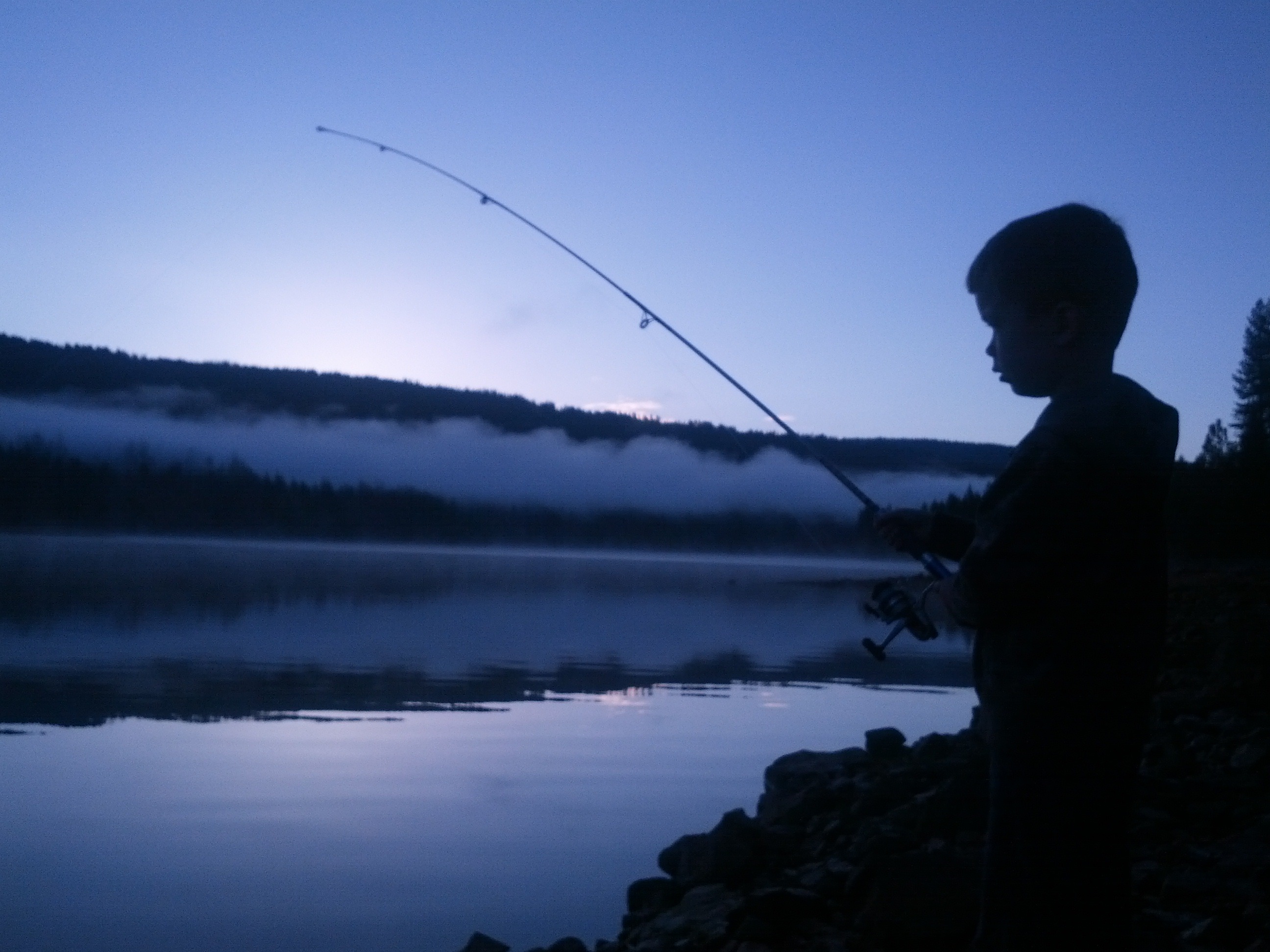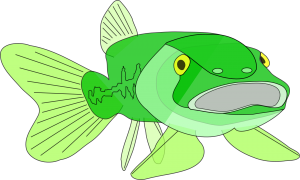There are many hobbies out there, either common or outrageous, heart-pumping or just seems stake-boring just like fishing. And fishing specific kind of fish like bass opts you to have to consider many things.
As mentioned, there are numerous factors that we often do not consider, and or dismiss, when we first start out, angling for bass. These would include consideration of:
Water stratification and depths
Bass are found at varying levels and knowing where (at which level), to fish for them is paramount); shallow or deep, sometimes both. Science has provided us with enough evidence that THREE distinct layers from in a body of water – say a lake for example. Heeding these levels and varying temperatures, and looking oxygen-rich spots are all factors to consider even before heading out. Think like the fish would – ask yourself, where would you go in all likelihood, if you were faced with the same situation – the answer will mostly lead you to where the fish most likely ARE!
Temperature – optimal and changing
Most bass species prefer a temperate climate –their metabolism is influenced, if not governed pretty much by the surrounding waters they find themselves in. They can also tolerate quite a wide range of temperatures; therefore, we can fish pretty much throughout the year. (60- 75 degrees Fahrenheit)/ It is also less widely known that ice-fishermen hook bass at around 32-39.2 degree water temperatures, in deeper waters!
Water conditions: Clarity
Clear and or murky – you will find bass in both! Their behavior and mode of attack will change as they plan how to best expend their energies in the hunt for food, survival etc. Predators by design, they prefer cover and structure and deeper waters. When spawning,) or on very hot days, you will most likely, find them more in the shallows.
Noise/Disturbances/Vibrations
DO NOT DISTURB signs are hard to post in the water! Always remember that there is some truth to not chasing the fish away and being somewhat careful and quiet around them. The bass particularly uses its whole body as a sounding board. Any surface disturbance, water movement and or displacement will attract their attention – this can in fact help and or hurt your angling hopes and dream.
Color, Sunlight, Time of day
Most bass anglers propose dawn and duck to be the best feeding time for the bass – not the height of day or when the sun is at it brightest and the water maybe a degree or two too warm for our fishy friends and when they head for the deep and or cover. It is a matter of appealing to their natural instincts.
Time of year: Seasons and things are a changing! Surroundings, weather and angling rules change and keep changing. The stage and players do not remain the same and even on the same day, day to day, things will vary. This variety (the spice of life most say) is what keeps most of us guessing, adapting, changing strategy, bait, depth etc. all in the continued hope and pursuit of catching the NEXT BIG ONE.
Preferred habitat and fishing structures
One author likens contour and topographic maps to bass fishermen, like treasure maps to pirates once were. Lines show elevation, depth etc. Get an idea of what the ‘floor’ or bottom of the body of water (like a lake for instance) would look like – it is rarely flat, often characterized by rises and humps, slopes and drop-offs.
Self-confidence
The belief in your ability to locate and catch the various bass species is by far the best tool of the trade to foster and develop over time. This cannot be purchased and is the personal call to every fisherman, to include in his/her tackle-box!
To dwell into this kind of hobby, you must consider a lot of things. Your thoughts of being patient is enough for you to learn how to fish would be a big understatement as the factors above will make you realize that there is more to bass fishing than waiting for the bass to take the bait.


